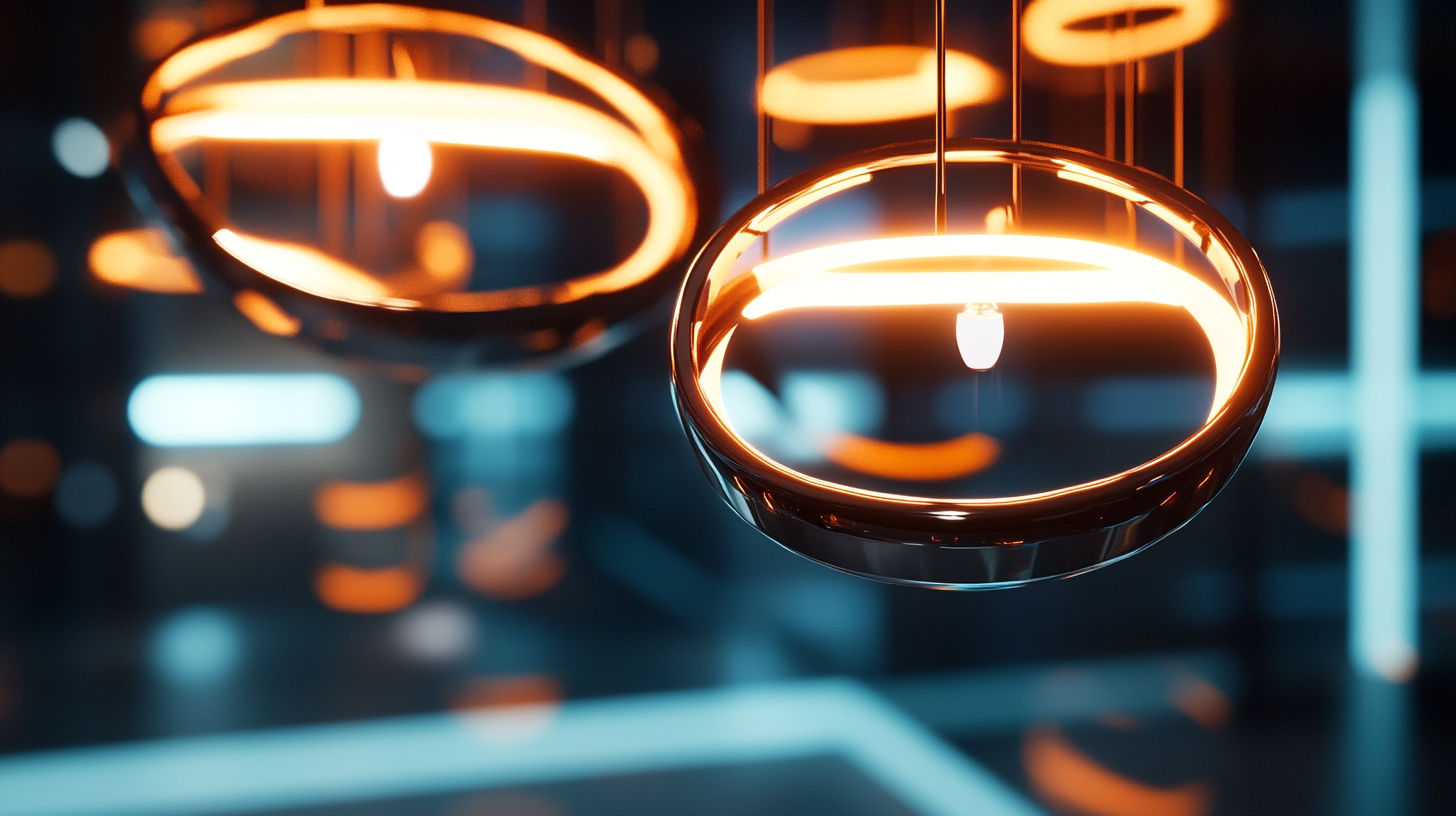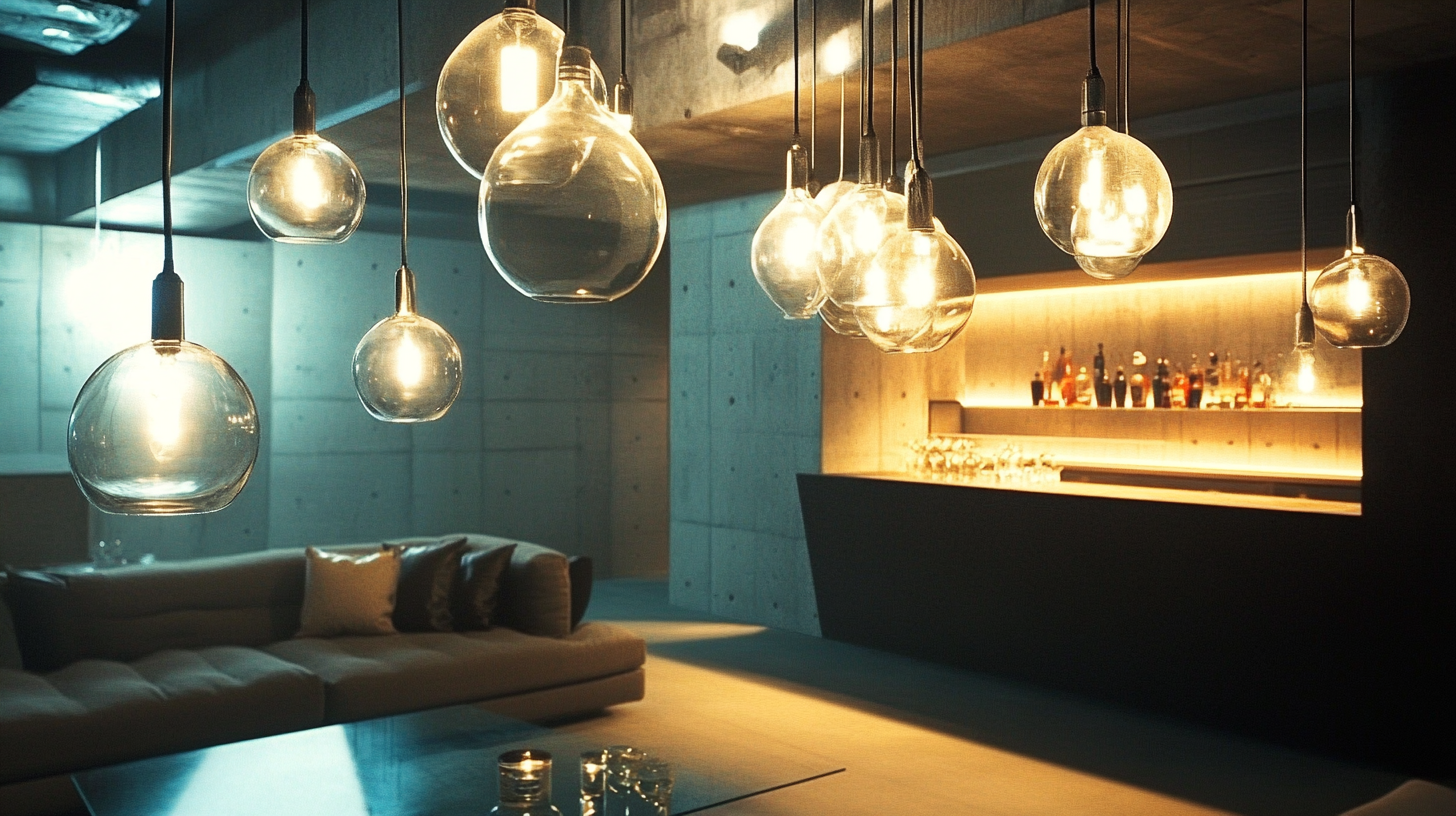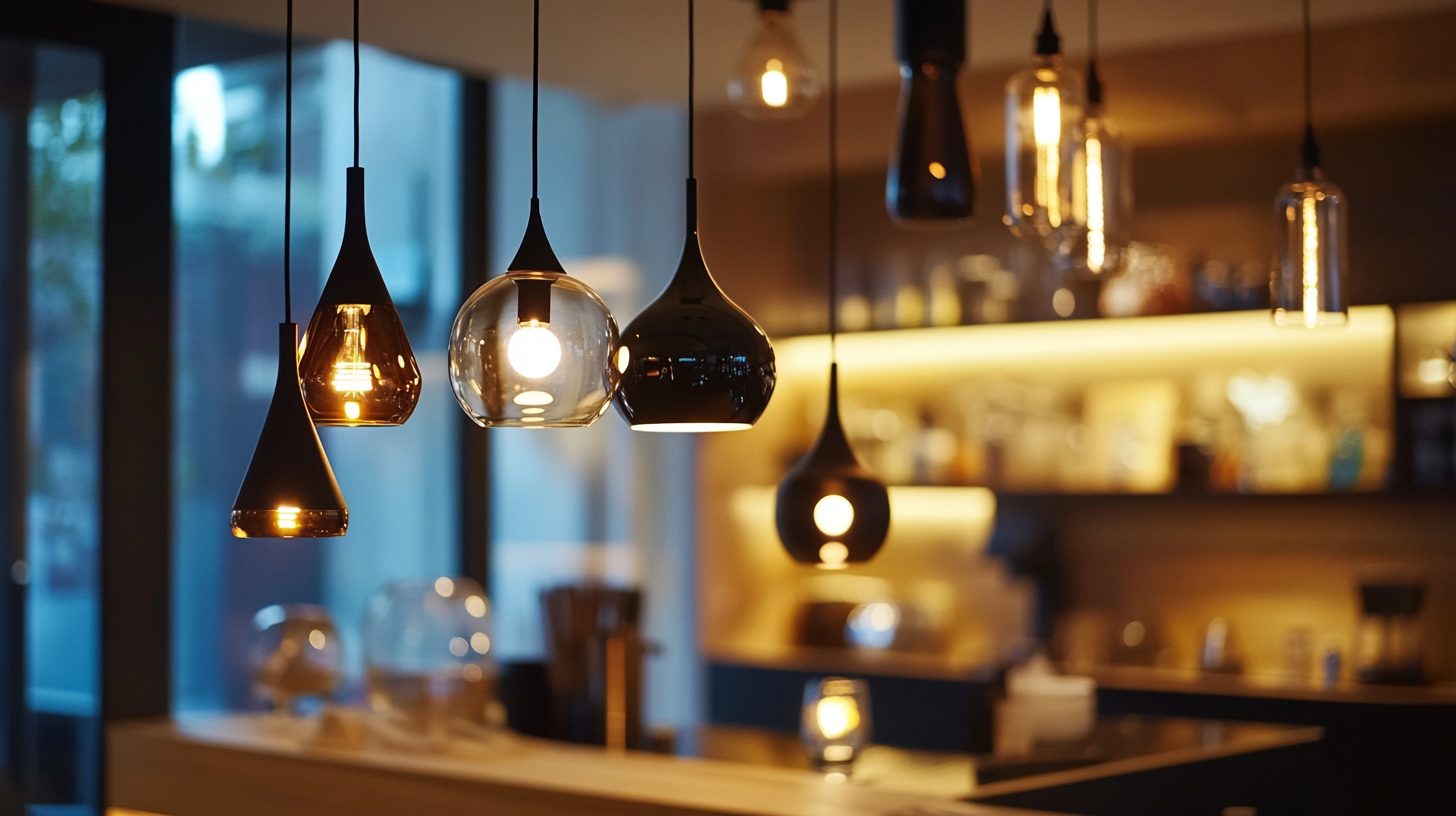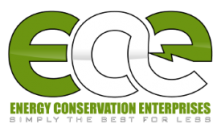Exploring Future Innovations in Best Lighting Fixtures and How to Choose the Right Ones for 2025
 As we step into a new era of design and innovation, the importance of selecting the right lighting fixtures cannot be overstated.
In 2025, the landscape of interior and exterior lighting will be shaped by advancements in technology, sustainability, and aesthetic preferences.
This ultimate guide aims to take you on a journey through the exciting potential of lighting fixtures that will not only enhance the
ambiance of your spaces but also incorporate energy-efficient and eco-friendly solutions.
Whether you're redesigning your home, planning a commercial project, or simply looking for inspiration, understanding the latest
trends and innovations in lighting fixtures will empower you to make informed choices that reflect your style and meet your needs.
Join us as we explore the future of lighting and the essential factors to consider when choosing the perfect fixtures for your environment.
As we step into a new era of design and innovation, the importance of selecting the right lighting fixtures cannot be overstated.
In 2025, the landscape of interior and exterior lighting will be shaped by advancements in technology, sustainability, and aesthetic preferences.
This ultimate guide aims to take you on a journey through the exciting potential of lighting fixtures that will not only enhance the
ambiance of your spaces but also incorporate energy-efficient and eco-friendly solutions.
Whether you're redesigning your home, planning a commercial project, or simply looking for inspiration, understanding the latest
trends and innovations in lighting fixtures will empower you to make informed choices that reflect your style and meet your needs.
Join us as we explore the future of lighting and the essential factors to consider when choosing the perfect fixtures for your environment.
Future Lighting Trends: The Evolution of Best Lighting Fixtures in 2025
As we delve into 2025, the lighting industry is witnessing a remarkable evolution, driven by advancements in technology and a growing emphasis on sustainability. According to a recent report by Allied Market Research, the global smart lighting market is projected to reach $99.4 billion by 2026, showcasing a compound annual growth rate (CAGR) of 24.2%. This transformation is not just about aesthetics; it's about creating environments that enhance both functionality and well-being through adaptive lighting solutions.

To make informed choices regarding lighting fixtures in the coming years, consider the following tips: First, prioritize energy efficiency. Look for fixtures that are equipped with LED technology and smart controls to reduce consumption and costs. Second, think about versatility. Multi-functional lighting fixtures that can easily switch between ambient, task, and accent lighting will provide greater flexibility for various spaces. Finally, stay updated on trends like circadian lighting, which aligns with the natural human sleep-wake cycle, promoting better health and productivity.
The evolution of lighting fixtures is also reflected in design elegance and customization options. Homeowners are increasingly seeking fixtures that reflect personal style while also providing smart integration with home automation systems. As we head into 2025, the confluence of innovation and design will shape not only how we illuminate our spaces but also how we experience them.
Key Innovations Shaping the Industry: From Smart Tech to Sustainability
As we look towards 2025, the lighting fixture industry is undergoing a remarkable transformation driven by innovations in smart technology and sustainability. These advancements not only enhance the functionality of lighting but also address environmental concerns. Smart fixtures equipped with sensors and connectivity options allow users to control lighting through their smartphones, optimizing energy consumption and creating customized ambience in any space.
**Tip 1:** When considering smart lighting fixtures, look for those compatible with your existing home automation systems. Features such as voice control and programmable settings can enhance convenience and efficiency.
Sustainability is another pivotal innovation shaping the future of lighting. Eco-friendly materials and energy-efficient technologies are now commonplace, promoting a greener approach to interior design. Lighting manufacturers are increasingly focusing on LED technologies and recyclable components, reducing carbon footprints without compromising on style or performance.
**Tip 2:** Prioritize fixtures that are labeled with energy-efficient ratings, such as ENERGY STAR. Not only do they lower energy bills, but they are also a step towards a more sustainable lifestyle.
Choosing the right lighting fixtures for 2025 means embracing these key innovations and considering their long-term benefits for both your home and the planet.
Future Innovations in Lighting Fixtures for 2025
This chart displays projected trends and innovations in the lighting fixtures industry for 2025, highlighting the increasing focus on sustainability and smart technology adoption.
Real-World Applications: How Innovative Lighting Fixtures Enhance Various Industries
Innovative lighting fixtures are transforming industries by enhancing functionality, efficiency, and ambiance in real-world applications. In the realm of healthcare, for instance, advanced LED systems equipped with tunable white light promote better patient recovery environments. These fixtures mimic natural daylight, helping to regulate circadian rhythms and improve overall well-being in both patients and staff. This shift in lighting design makes hospitals not only more energy-efficient but also contributes to a healing atmosphere, ultimately leading to improved healthcare outcomes.
In the retail sector, the strategic use of lighting enhances consumer experience and product visibility. Smart lighting solutions allow retailers to adapt the brightness, color temperature, and even light patterns based on different times of the day or promotional events. By creating an inviting atmosphere through sophisticated lighting fixtures, stores can significantly increase foot traffic and sales. Furthermore, the integration of lighting with digital displays offers a unique opportunity to engage customers and personalize their shopping experience, making it essential for retailers to invest in innovative lighting technologies as they prepare for 2025.
Exploring Future Innovations in Best Lighting Fixtures and How to Choose the Right Ones for 2025
| Industry | Innovative Lighting Type | Key Features | Real-World Applications |
|---|---|---|---|
| Retail | Smart LED Fixtures | Adjustable brightness and color temperature | Enhances product visibility and customer experience |
| Healthcare | Circadian Lighting | Promotes natural sleep cycles | Improves patient outcomes and staff wellbeing |
| Education | Interactive Lighting | Sensor-activated and programmable | Enhances learning environments and student engagement |
| Hospitality | Mood and Accent Lighting | Customizable colors and intensities | Creates inviting atmospheres in hotels and restaurants |
| Commercial | Energy-Efficient Fixtures | LED technology with low energy consumption | Reduces operational costs and carbon footprint |
Choosing the Right Lighting: Factors to Consider for Optimal Performance in 2025
When selecting lighting fixtures for optimal performance in 2025, several factors come into play that can significantly impact not just aesthetics but functionality as well. One crucial consideration is energy efficiency, as advancements in LED technology continue to yield options that consume less energy while providing superior brightness. Look for lighting fixtures with high lumens per watt ratings to ensure you are maximizing efficiency without sacrificing quality. Additionally, consider the color temperature; warmer lights create a cozy atmosphere, while cooler tones are ideal for workspaces, boosting productivity and focus.
Another important aspect is smart technology integration. As the Internet of Things (IoT) continues to evolve, choosing fixtures that can connect to smart home systems offers greater convenience and control. Features like dimming options, color-changing capabilities, and automated scheduling allow users to customize their environment effortlessly. Furthermore, the design of the fixture itself should harmonize with your space; selecting styles that enhance the overall aesthetic can make a significant difference in the ambiance. Exploring various combinations of efficiency, technology, and design will empower you to make informed decisions when illuminating your spaces in 2025.
Cost-Benefit Analysis: Why Investing in Advanced Lighting Solutions Is Essential
Investing in advanced lighting solutions has become essential for both residential and commercial sectors, especially as we look toward 2025. According to a recent report by the International Energy Agency, lighting accounts for approximately 15% of global electricity consumption. Transitioning to energy-efficient lighting solutions like LED fixtures can significantly reduce this figure, with studies indicating that LED lighting can reduce energy usage by up to 75% compared to traditional incandescent bulbs. This not only lowers utility bills for consumers but also contributes to environmental sustainability by minimizing carbon footprints.

Furthermore, a cost-benefit analysis by the Lighting Research Center highlights that the upfront investment in intelligent lighting systems, such as smart sensors and controls, can yield savings of up to 40% on energy costs in the long run. These advanced systems also enhance user experience through improved lighting quality and adaptability, creating environments that promote productivity and well-being. As industries grapple with rising operational costs, switching to modern lighting solutions emerges as a strategic decision, blending financial prudence with ecological responsibility while paving the way for innovation in lighting technology.
